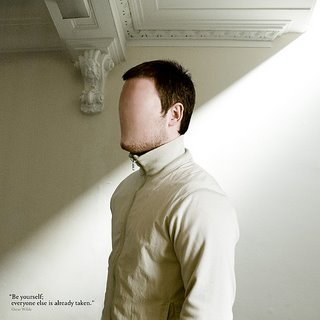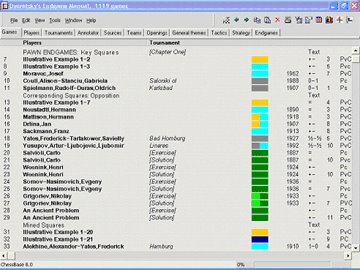Getting Better is Slow, Hard Work!

No matter how much chess knowledge one adsorbs, it takes time to shake the rust off outside the steady lab of exercise and measured tests, where you can always say ‘timeout’. So I recently embarked upon a blitzkrieg of blitz (no pun intended)—500 games, mostly at ICC, many but not all of them bullet, initially 2/1 and 1/2 but much to my delight in discovery, many latter at 0/4. The thing about this last variant, is it’s significant similarity to the beloved 3/0 blitz, but particularly appealing because of its avoidance, in most instances, of Armageddon. When and if a game approaches 50 moves, as often occurs in endgames, then the increment is yielding 3:20 cumulative minutes, and since you start out with 0:12, so now you are by then at 3:30 or 3.5 minutes. This is just enough off the margin to create some reasonable chances to avoid the total silliness that occurs when ‘flagged’. These are all good things. But the bad thing, of course, is that while some players like bullet, of course, not all do. The bulk of play at ICC occurs at 3/0 and 2/12, so some loss of opponents occurs, but those who play 0/4 and 2/1 tend to continue ‘accepting’ new challenges, so a good match often happens with many quick games.

Once I am warmed up, only then do I play 2/12, but until today had not felt comfortable or ready or open to sustain play there. But after 500 games, as I said, it is now time to shift away from bullet to blitz. My plan is after another, say, 300 or 500 rapids, to then move to standard, and play 25/10 towards my ultimate goal: 100 slower games which I have analyzed.

It is in ‘figuring out what you are doing wrong’
that chess improvement can occur, and it is in review of my games that I plan my next heavy lifting, particularly in the better quality portion of those ‘495’, which I estimate to be around 125 games. I also further have 138 sporadic games from Yahoo this summer which I do not quite consider to be real ‘chess’ but I am nevertheless processing those into the database one game at a time, so the figure is really more like 633 games, so one quarter of that aught to yield at least 125 decent games, which aught to be enough for an enterprising student to chew on.
Curretnty I am 'full stream ahead', particularly eager to finish Lev Alburt’s 'Chess Pocket Training Book: 300 Most Important Positions'. Of course, I already worked through the entire book on my trip to NJ in June, and thereafter, but did so without recourse to the solutions or small hints before a solution, or any notes, so this is the second pass, where I ‘cry uncle’ now and again, and throw up my hands and get to see ‘how it is done’. This is only aftter sometimes days of off and on effort, I am in no hurry there, but plod along one at a time. But let me tell you, once you've seen 'it' are not want to forget! Along with this, I am also very eager to finish Averbakh’s 'Endings: Essential Knowledge' which hinges on my finishing Alburt first. Before then, the database will be set up, and the two will meet as follows:

 [Image is from the week before last, before more recent heavy rain.]
[Image is from the week before last, before more recent heavy rain.]And lastly, in an area of the United States already known for deluges of endless winter rain, after todays further rain turning to snow, we aught to top the 1933 record for for one month: 15.33", by month end. Imagine that!
Warm Regards, David

